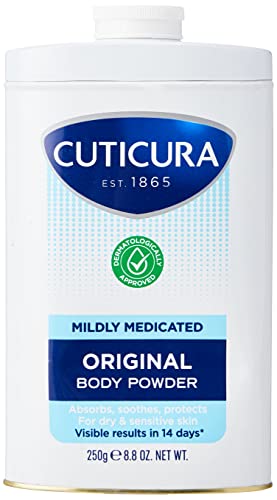Yes, talcum powder can be used as dry shampoo, but there are some considerations.
Talcum powder, also known as talc or baby powder, has been used for generations to absorb moisture and reduce friction on the skin. Due to its absorbent properties, many people have turned to talcum powder as a substitute for dry shampoo when in a pinch. While it can provide some temporary relief from oily or greasy hair, there are a few things to keep in mind before using talcum powder as a dry shampoo.
Talcum powder can leave a white residue.
One of the main drawbacks of using talcum powder as a dry shampoo is that it can leave a visible white residue on darker hair colors. The powder is designed to blend seamlessly into the skin but can be more noticeable on hair. If you have dark hair, it’s important to apply the talcum powder sparingly and brush it out thoroughly to minimize the white cast it may leave behind.
Talcum powder may exacerbate dryness.
While talcum powder can absorb excess oil, it can also have a drying effect on the scalp and hair strands. This is especially true for people with already dry or sensitive scalps. If you have a dry scalp or hair, it’s best to use talcum powder sparingly and avoid applying it too frequently. Additionally, consider using a moisturizing hair oil or conditioner to restore hydration after using talcum powder as a dry shampoo.
Talcum powder is not a long-term solution.
Using talcum powder as a substitute for dry shampoo should only be a temporary solution. Dry shampoos are specifically formulated to refresh and revitalize the hair between washes without causing excessive dryness or irritation. While talcum powder can help absorb oil, it does not provide the same benefits as a true dry shampoo. Regular use of dry shampoos can help maintain the health of the scalp and hair, while talcum powder may lead to dryness or other issues if used too frequently.
Consider the potential health risks.
There has been some controversy surrounding the use of talcum powder due to its potential link to ovarian cancer. While the scientific evidence is inconclusive, it’s important to consider your own personal risk factors and consult with a healthcare professional if you have any concerns. If you choose to use talcum powder as a dry shampoo, be sure to keep it away from the genital area and apply it with caution. Alternatives to talcum powder, such as cornstarch or rice flour, may be a safer option for those who wish to avoid talc altogether.
Follow proper application techniques.
To use talcum powder as a dry shampoo, start by parting your hair and sprinkling a small amount of powder directly onto the roots or areas that appear greasy. Gently massage the powder into the scalp using your fingertips or a brush to distribute it evenly. Allow the powder to sit for a few minutes to absorb excess oil, then brush or comb it out thoroughly to remove any residue. It’s important to be cautious not to overuse the powder and to avoid inhaling excessive amounts, as inhalation of talcum powder can pose health risks.






